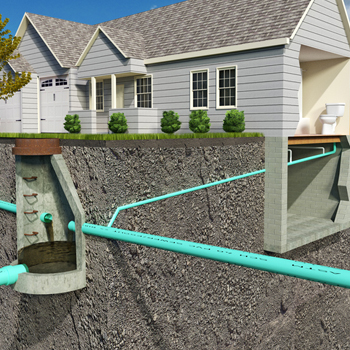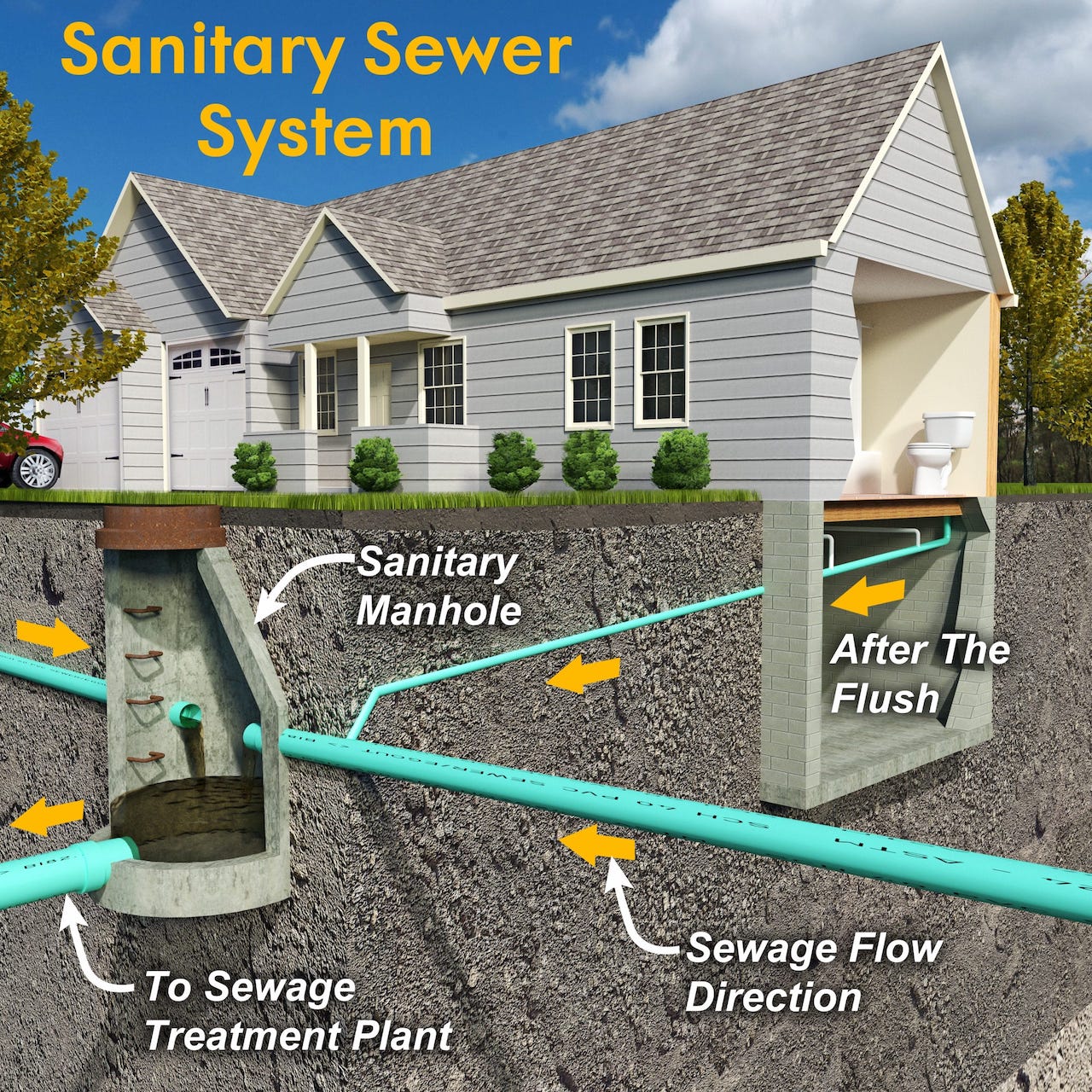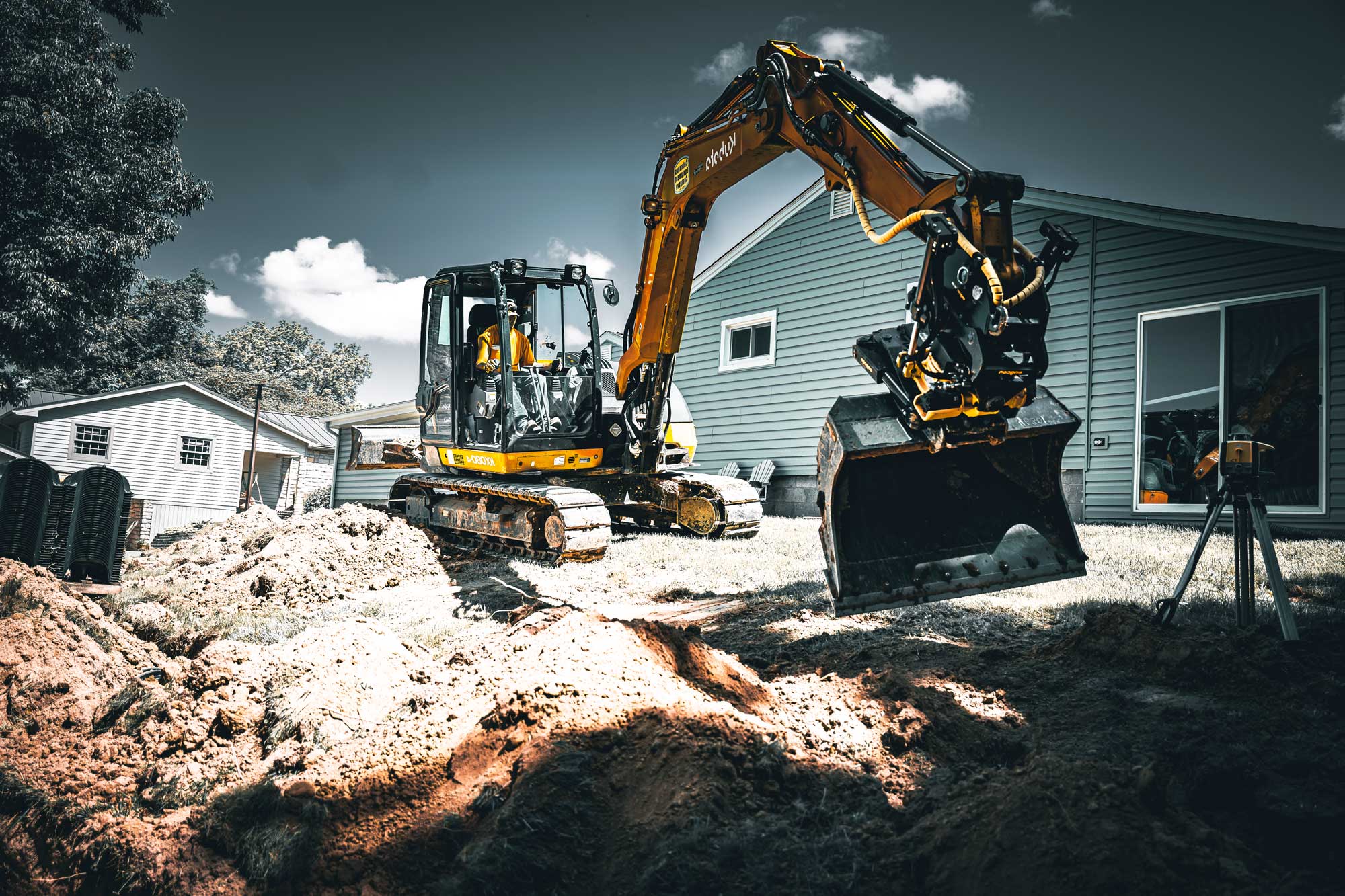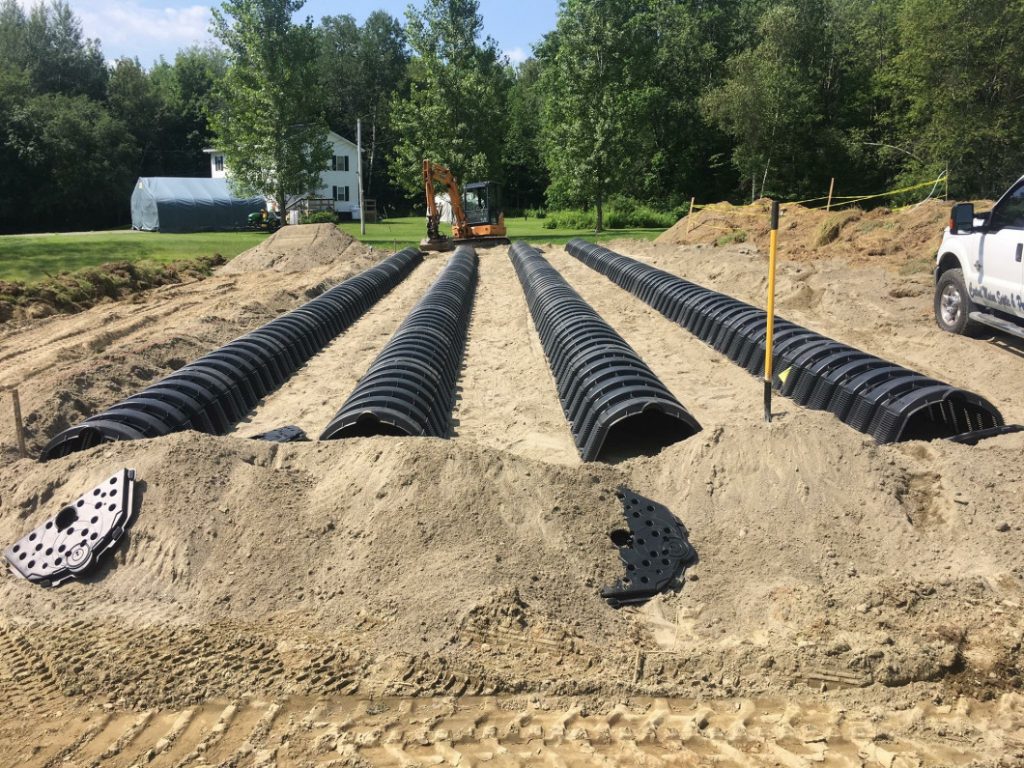Trustworthy Septic Installations for Residential Characteristics
When it comes to the essential facilities of residential homes, reliable septic setups play a critical function in ensuring effective waste monitoring systems. Understanding the ins and outs of septic installations, from choosing the proper system to the installment process and succeeding upkeep, is critical for house owners looking for a dependable and long lasting remedy for their property's sewage needs.

Advantages of Dependable Septic Installations
Setting up a trustworthy septic tank not just makes certain efficient wastewater management but also promotes ecological sustainability and building worth retention. By buying a properly designed septic tank, house owners can dramatically lower the danger of groundwater contamination and surface water pollution. Properly dealt with wastewater from septic tanks can aid secure regional water sources and communities, adding to a healthier setting for both existing citizens and future generations.

Additionally, a reputable septic tank can enhance the overall building worth. Prospective customers are often happy to pay even more for a home with a well-maintained septic tank in position, as it represents a dedication to residential property upkeep and environmental responsibility. This can offer property owners an one-upmanship in the realty market and make sure a better return on financial investment in the long run.
Choosing the Right Septic Tank
After recognizing the advantages of reliable septic installments, the next vital step for home owners is to very carefully select the suitable septic tank that aligns with their building's particular demands and ecological considerations. When picking a septic system, it is necessary to consider aspects such as property size, dirt type, water table level, and neighborhood laws.
For smaller residential or commercial properties or those with restricted room, a conventional septic system might appropriate. These systems include a sewage-disposal tank and a drainpipe area and are reliable for residential or commercial properties with adequate dirt permeability. On the other hand, larger residential properties or locations with high water tables might call for advanced systems like cardio treatment systems or mound systems to make sure correct wastewater therapy.

It is also important to evaluate the upkeep needs and long-lasting expenses associated with different septic tanks. Home owners need to take into consideration factors such as pumping frequency, inspection requirements, and prospective repairs when making their choice. By meticulously examining these considerations, home owners can pick a septic system that not only fulfills their residential property's requirements but additionally promotes environmental sustainability.
Factors to Take Into Consideration Before Installation
Prior to continuing with the installment of a septic system, detailed website analysis and dirt screening are crucial steps to make sure ideal performance and durability of the system. Site assessment involves assessing aspects such as the home's topography, distance to water sources, and the size of the property to establish the most ideal place for the septic system. By thoroughly considering these variables prior to setup, property owners can ensure a reliable and reliable septic system tailored to their residential or commercial property's specific demands.

The Installment Process Explained
To start the setup procedure of a septic system for a home, the first action involves cautious excavation of the designated location following the authorized website plan. This excavation is crucial as it establishes the structure for the entire septic tank. Once the location is dug deep into to the needed deepness and measurements, the next step is the installment of the septic system. The septic container is placed in the ground, making sure proper positioning and progressing. Following the container installation, the drain area pipelines are laid out in trenches loaded with crushed rock to facilitate appropriate water drainage. The pipes are then covered with soil, enabling the effluent to progressively filter into the surrounding ground. After the setup is full, a last evaluation is carried out to make certain that the septic system meets all guidelines and features effectively. Proper setup is necessary for the lasting performance and performance of the septic tank, ensuring a dependable wastewater treatment option for the home.
Upkeep Tips for Longevity
Correct upkeep of the septic tank is vital to ensure its durability and continued reliable operation, complying with the meticulous setup process necessary for houses. Normal pumping is important to protect against solids from developing in the container and potentially blocking the system. It is recommended to have the sewage-disposal tank evaluated and pumped every 3-5 years, depending on family size and water use. Additionally, being mindful of what is purged away can considerably influence the health of the septic system. Prevent purging non-biodegradable products, chemicals, oil, and too much quantities of household cleaners, as these can interrupt the all-natural biological processes within the storage tank. Saving water usage by fixing leaks and spreading out washing lots can additionally help maintain the balance within the system. Keeping a healthy and balanced drainpipe area by avoiding from driving or developing over it, planting trees at a risk-free range, and staying clear of the usage of hefty machinery on the area can extend the overall lifespan of the septic system.
Final Thought
In final thought, reputable septic installations septic reprairs lancaster oh are critical for homes to ensure effective waste monitoring and prevent costly fixings. By selecting the right septic tank and considering vital aspects before setup, house owners can enjoy a convenient and resilient solution. The setup procedure ought to be executed carefully, and normal maintenance is necessary to extend the lifespan of the septic system. On the whole, buying a reliable septic installation is essential for the performance and long life of domestic homes.